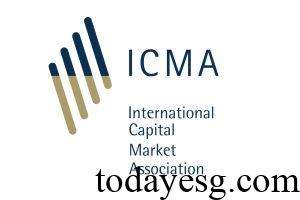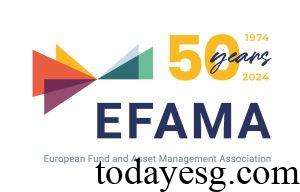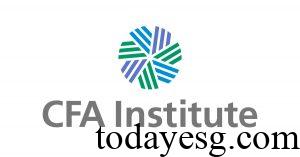
Morgan Stanley Releases 2024 H1 Global Sustainable Fund Report
The Morgan Stanley Institute for Sustainable Investing releases 2024 H1 Global Sustainable Fund Report

The Morgan Stanley Institute for Sustainable Investing releases 2024 H1 Global Sustainable Fund Report

Sustainalytics releases a report on global biodiversity funds, aimed at analyzing the development trends of these funds

The International Capital Market Association releases a report on sustainable commercial paper

Fidelity International has launched the world’s first Blue Transition Bond Fund

EFAMA releases a report on sustainable equity fund, aimed at summarizing the development trends of sustainable equity funds in Europe

The CFA Institute Research and Policy Center releases a report on the ESG fund classification system

The Singapore Economic Development Board launches the Singapore Carbon Market Alliance, the first high-quality carbon credit platform

Report on ESG Rating and Data Product Regulations The international research institution CDP (Carbon Disclosure Project) releases a report on ESG rating and data product
Since United Nations Global Compact put forward the concept of Environmental, Social and Governance, the financial industry has always been an important driver of the development of ESG, and various types of ESG products have emerged in an endless stream. These products serve as a bridge between investors and companies, helping funds to be efficiently allocated to long-term assets.
Common ESG financial products include ESG bonds (such as green bonds, blue bonds, transition bonds, sustainable bonds, sustainable linked bonds), ESG funds and ESG indexes. Although these financial products are still facing problems such as greenwashing, they have indeed contributed to the development. Regulators are also trying to reduce the negative impact of these products.
ESG focuses on the improvement of long-term value, and ESG products are attracting long-term funds. In the current situation, balancing risk and return is an important topic, and ESG products will become an important choice for investors to allocate assets.